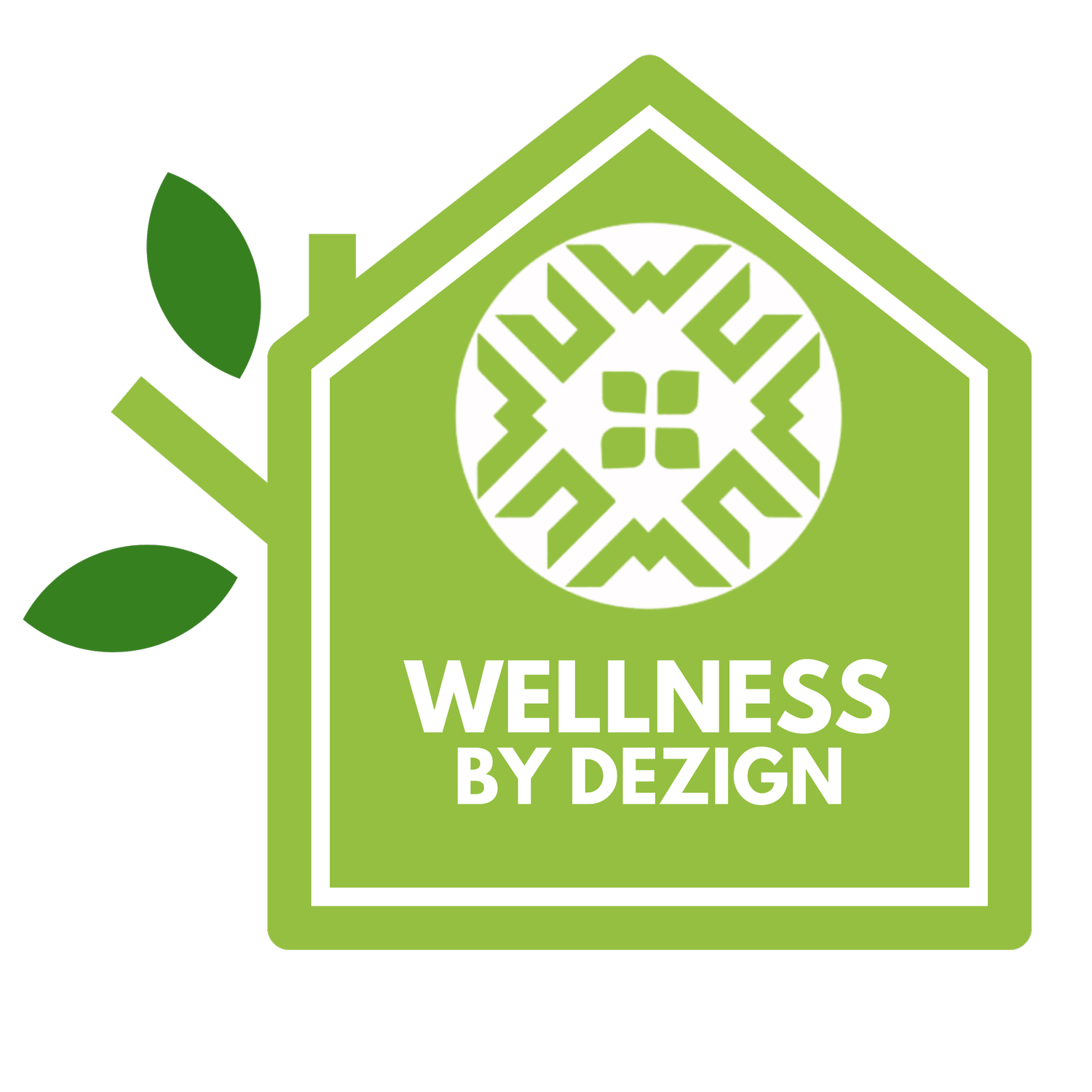Niche Senior Communities Are Booming: How Lifestyle, Identity, and Purpose Are Reshaping 55+ Living
A record wave of older renters and downsizers, and a “wellness first” mindset are accelerating demand for niche senior communities - a places curated around specific interests, values, and identities. From pickleball-centric neighborhoods and university-based retirement communities to military-affiliated campuses and LGBTQ-affirming housing, older adults are choosing environments that support how they want to live, not just where.
According to AARP, surveys show more than 70% of adults 50+ want to remain in their preferred communities as they age—so developers are building communities that make staying active, connected, and purposeful easier than ever.
What’s driving the shift
Active aging expectations. Wellness has become the organizing principle of senior living, with providers designing around physical activity, social connection, and lifelong learning—far beyond traditional “care” models, according to the International Council on Active Aging (ICAA)
Rise of “active adult” rental living. New 55+ rental communities that offer amenities (but not bundled care) report high occupancy and continue to expand, drawing older adults who want flexibility without service fees, according to the National Investment Center for Senior Housing and Care, or NIC.org
Cost and flexibility pressures. Older renters are the fastest-growing renter cohort in many metros, pushing demand for right-sized, luxury and amenity-rich options that don’t require ownership, according to Axios.
Identity and belonging. AARP’s research and case studies highlight persistent gaps—especially for LGBTQ+ elders—spurring purpose-built, welcoming and more affordable communities for those who want a safety and inclusion.
Popular niche categories
1) Recreation-led Communities pickleball, golf, fishing, boating
Pickleball is now a “must-have” amenity in 55+ housing, and new courts, clubs, and programming are proliferating nationwide. Communities weave in leagues, clinics, and intergenerational events, often pairing courts with walking loops, yoga lawns, and recovery rooms.
Beyond pickleball, 55+ communities are tailoring around golf practice tech, lap-swim programs, cycling clubs, and even indoor training facilities—reflecting the “lifelong athlete” identity.
Fishing and camping are also recreational must-haves for seniors over 55+. According to 55Places.com fly-fishing and deep-sea fishing is a hobby that many seniors want as an amenity, and this may determine the location, whether it be near the coast or in the mountains. Senior communities near, or have access to, marina’s is also a growing trend.
2) Nutrition-forward living
Dining is rapidly evolving: customizable menus, grab-and-go, local sourcing, and more plant-based options are growing in popularity. Many communities add teaching kitchens, chef demos, and residents’ gardens to link food with health outcomes. According to Senior Housing News, residents want dining programs that are more personalized, with healthy options that go beyond dietary needs and take into consideration lifestyle choices like plant-based diets and the growing trend of using “food as medicine.”
3) Military-affiliated communities
Military-rooted campuses combine camaraderie, mission-driven culture, and comprehensive amenities. Blue Skies of Texas (formerly Air Force Village) is a leading example, recognized on Newsweek’s national CCRC list and welcoming both military and civilians.
4) Education-anchored communities (UBRCs)
University-based retirement communities integrate housing with campus life: lectures, wellness programs, arts, athletics, and intergenerational programs. Research points to growing interest from alumni and faculty; operators and universities see mutual benefits in engagement and health. Examples include Kendal at Oberlin, Lasell Village, and others. SeniorLiving.org gives advice on what to look for when searching for a certain type of community.
5) Culture & Identity
AARP reports many LGBTQ+ elders face discrimination, social isolation, and economic insecurity – but they also embody resilience and strength according to SageUSA. By 2030, nearly 7 million people in the U.S. aged 50+ will identify as LGBTQ+ and that number is rising as more people live openly and age into this group. More affirming, faith-based and co-housing communities will grow. However affordability is a key factor in housing for the aging LGBTQ+ population. SageUSA and the Milken Institute partnered to explore sustainable solutions for LGBTQ+ individuals who are aging with fixed income.
6) Religious and Spiritual
Today, many older adults actively seek faith-affiliated senior housing, A faith-based senior living community is ideal for older adults who view religion as an important part of their daily lives. In addition to offering compassionate care, a religious-based senior care community focuses on providing faith-based services for residents. These include amenities like on-site chapel services, Bible studies, or spiritual guidance from a pastor. These spiritual amenities help older residents stay connected to their faith and receive the personalized care they’re looking for, according to SeniorLiving.org
Market signals developers and real estate agents should watch
Occupancy and pipeline. Aggregate senior housing occupancy reached 85.9% in 2Q 2024 across major markets—supportive fundamentals as specialized 55+ formats pick up demand. National Investment Center
Active-adult evolution. NIC tracks active-adult as a distinct category; new supply skews to wellness and social-programming over bundled care, widening the funnel for healthy 55+ renters. National Investment Center
What this means for consumers and professionals
For older adults and families:
Start by clarifying lifestyle priorities (activity, learning, service, identity, or faith) and test communities through short-term rentals or membership-style amenity access where available. SeniorLiving.org is a great resource to begin a search.
Consider total cost of living: service packages, meal plans, HOA/club dues, and potential care transitions.
If you’re 50+, a SRES® (Seniors Real Estate Specialist) can help navigate downsizing, aging-in-place vs. move decisions, and community trade-offs.
For developers/operators:
Lead with wellness and programming, not square footage alone—ICAA’s industry research shows wellness-centric environments drive engagement and value.
Right-size amenities for the niche (e.g., pickleball hubs, teaching kitchens, campus partnerships) and design “third places” that foster daily micro-interactions.
Build inclusive policy and culture; LGBTQ+ elders and cohousing residents seek psychological safety and autonomy as much as features.
How niche fits the bigger picture.
AARP’s 2024 survey reconfirms that most older adults want to remain in familiar places—yet they also want access to connection, learning, and health-promoting activities. Niche senior communities reconcile those preferences by delivering environments that feel personally relevant and socially rich, often without the cost or complexity of full-service settings. Expect continued growth in active-adult rentals, university-linked options, and identity-affirming housing, alongside stronger wellness programming across the entire sector.





